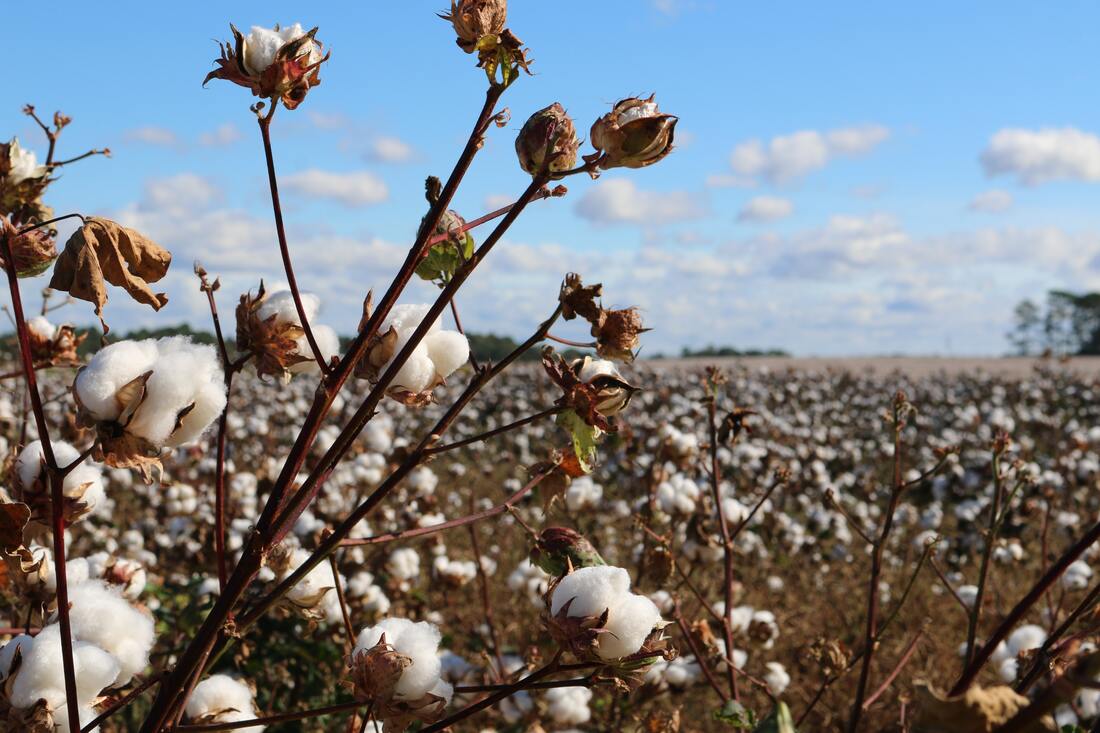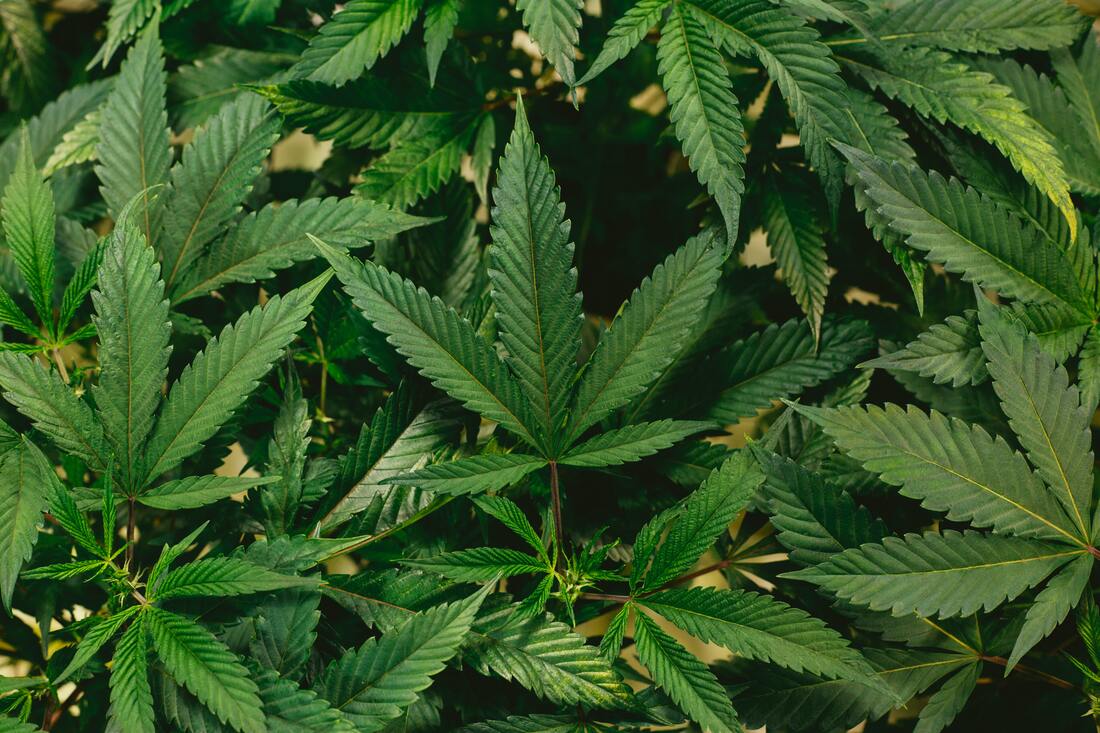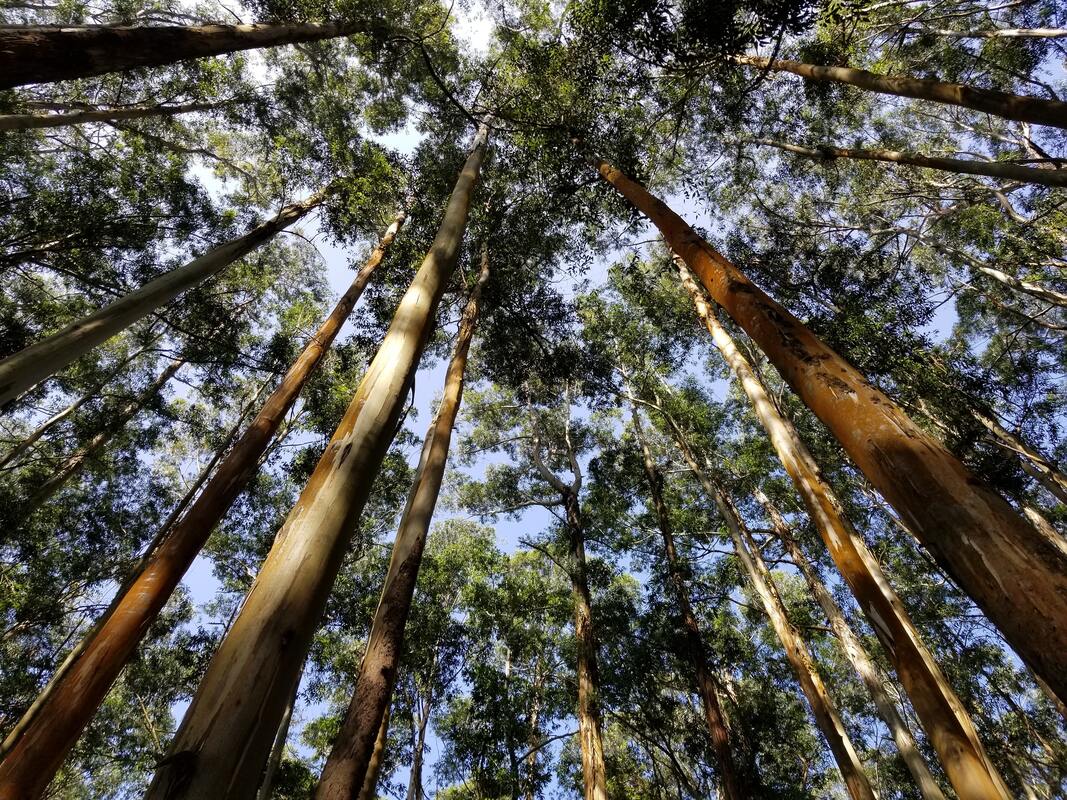About the Materials
FABRIC WASTE:
Fabric scraps are sorted and saved for reuse, or if too small, get donated to a fabric recycling program.
Fabric scraps are sorted and saved for reuse, or if too small, get donated to a fabric recycling program.
ORGANIC COTTON:
Conventional, non-organic cotton uses lots of toxic chemicals and uses GMO seeds. This crop uses more insecticides than any other single major crop. It takes only 2.5% of the world's cultivated land, but uses 16% of all insecticides worldwide. It also uses 6.8% of the world's herbicides.
Certified organic cotton must:
Most of my underwear is made of either organic cotton or a mix of organic cotton and hemp or lyocell (all with a little spandex for stretch).
Conventional, non-organic cotton uses lots of toxic chemicals and uses GMO seeds. This crop uses more insecticides than any other single major crop. It takes only 2.5% of the world's cultivated land, but uses 16% of all insecticides worldwide. It also uses 6.8% of the world's herbicides.
Certified organic cotton must:
- Be grown without toxic pesticides, herbicides, fungicides, and synthetic fertilizers.
- Use non genetically modified seeds
- Use natural fertilizers like compost and manure.
Most of my underwear is made of either organic cotton or a mix of organic cotton and hemp or lyocell (all with a little spandex for stretch).
HEMP:
Hemp is a bast fibre made from the inner bark of high growing cannabis sativa plant stems.
The plant is also grown for its nutritional seed and oil, and the fibre is used to make paper, fabric and rope. Other varieties of cannabis are used for recreational use, spiritual work, as well as potent natural medicine.
Hemp is a very durable, UV resistant, mildew resistant, insulating, absorbent, and breathable fibre. It gets softer with washing.
As a crop, even when not certified organic, hemp is considered an eco-friendly fabric because:
All of the hemp I use in my lingerie is blended with organic cotton and spandex.
Hemp is a bast fibre made from the inner bark of high growing cannabis sativa plant stems.
The plant is also grown for its nutritional seed and oil, and the fibre is used to make paper, fabric and rope. Other varieties of cannabis are used for recreational use, spiritual work, as well as potent natural medicine.
Hemp is a very durable, UV resistant, mildew resistant, insulating, absorbent, and breathable fibre. It gets softer with washing.
As a crop, even when not certified organic, hemp is considered an eco-friendly fabric because:
- It is 100% biodegradable (though the fabrics I use are not, because of the inclusion of spandex)
- The plants grow tall and very densely, which makes it difficult for weeds to grow, therefore there’s no need for herbicides in its production.
- It requires no pesticides or fungicides.
- Its durability increases the lifespan of the product.
- It requires less water than cotton, with a higher yield.
- It removes impurities from the ground, therefore helps clean up pollution, and leaves the soil healthier than before. It is a useful tool in crop rotation, because it also feeds the soil with nitrogen and it increases the topsoil.
All of the hemp I use in my lingerie is blended with organic cotton and spandex.
TENCEL™ LYOCELL:
"TENCEL™ Lyocell and Modal cellulosic fibers naturally manage the transportation of moisture, contributing to breathable fabrics that provide a less favorable environment for bacterial growth, offering better hygienic qualities.
Derived from renewable wood sources, TENCEL™ Intimate cellulosic fibers gently embrace your body with long-lasting softness to help your skin feel pleasantly cool and dry throughout the day and night. As a result of the smooth fiber surface, TENCEL™ Intimate cellulosic fibers offer an exquisitely gentle quality that creates a barely there feel." https://www.tencel.com/intimate
"TENCEL™ Lyocell fibers have gained a commendable reputation for their environmentally responsible closed loop production process, which transforms wood pulp into cellulosic fibers with high resource efficiency and low environmental impact. This solvent-spinning process recycles process water and reuses the solvent at a recovery rate of more than 99%. Consumers can have the assurance that their fashion choices are not contributing to an adverse impact on the environment." https://www.tencel.com/sustainability
The TENCEL™ Lyocell/organic cotton/spandex fabrics I use are incredibly soft and flexible. They are the stretchiest and silkiest of my fabric options.
TENCEL™ Lyocell is 100% biodegradable, but because of the spandex included for stretch, my fabrics are not fully biodegradable.
"TENCEL™ Lyocell and Modal cellulosic fibers naturally manage the transportation of moisture, contributing to breathable fabrics that provide a less favorable environment for bacterial growth, offering better hygienic qualities.
Derived from renewable wood sources, TENCEL™ Intimate cellulosic fibers gently embrace your body with long-lasting softness to help your skin feel pleasantly cool and dry throughout the day and night. As a result of the smooth fiber surface, TENCEL™ Intimate cellulosic fibers offer an exquisitely gentle quality that creates a barely there feel." https://www.tencel.com/intimate
"TENCEL™ Lyocell fibers have gained a commendable reputation for their environmentally responsible closed loop production process, which transforms wood pulp into cellulosic fibers with high resource efficiency and low environmental impact. This solvent-spinning process recycles process water and reuses the solvent at a recovery rate of more than 99%. Consumers can have the assurance that their fashion choices are not contributing to an adverse impact on the environment." https://www.tencel.com/sustainability
The TENCEL™ Lyocell/organic cotton/spandex fabrics I use are incredibly soft and flexible. They are the stretchiest and silkiest of my fabric options.
TENCEL™ Lyocell is 100% biodegradable, but because of the spandex included for stretch, my fabrics are not fully biodegradable.
SPANDEX:
Spandex, (aka Lycra or elastane) is a synthetic material. All fabrics I use contain a small percentage (3%-10%) of spandex for comfort and elasticity. The stretch is especially important in making underwear and clothing that moves with you, and hugs your body comfortably.
Spandex, (aka Lycra or elastane) is a synthetic material. All fabrics I use contain a small percentage (3%-10%) of spandex for comfort and elasticity. The stretch is especially important in making underwear and clothing that moves with you, and hugs your body comfortably.
SOURCES:
http://www.ota.com/organic/environment/cotton_environment.html
http://www.organiccotton.org/oc/Cotton-general/Impact-of-cotton/Risk-of-cotton-farming.php
http://1st-ecofriendlyplanet.com/tag/environmental-benefits-of-hemp/
http://hempbasics.com/shop/hemp-information
http://greenopedia.com/article/why-hemp-so-important
http://www.telio.com/pdf/Organic.pdf
http://bastfibersllc.com/whatarebastfibers.html
https://www.tencel.com/intimate
https://www.tencel.com/sustainability







